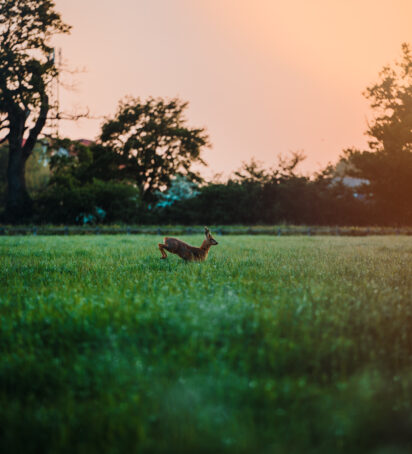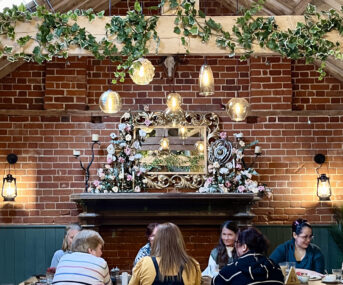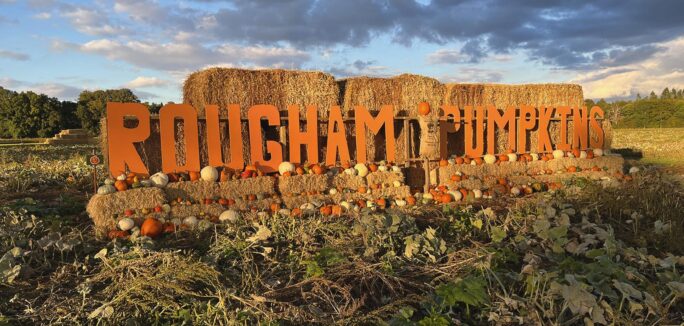The Deer At Rougham Estate
We have all four main types of deer at Rougham but their populations have reached unsustainable levels. Deer numbers have been increasing in England since the demise of their only natural predator, which was the wolf, more than a thousand years ago.
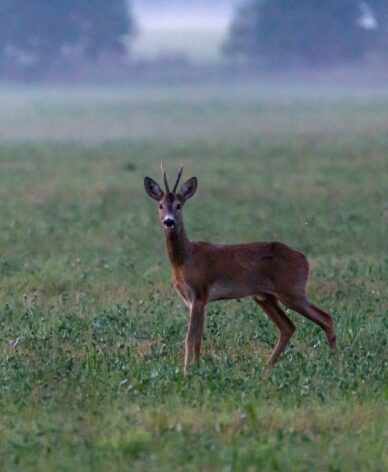
Roe deer
Roe deer are native and have been resident here for a very long time. They are a small shy breed of deer that moves around with a distinctive bounce, which is usually noticed when you see their white tail bobbing up and down as they run away.
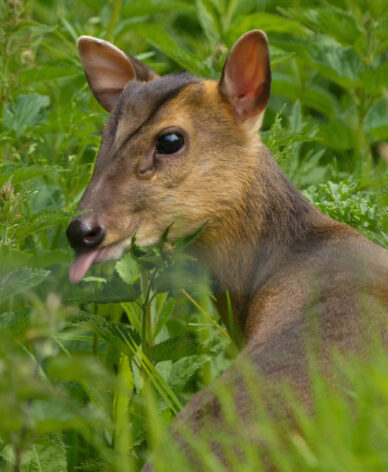
Muntjac deer
The other resident deer here is the Muntjac. These were introduced to Woburn Park from China during the early twentieth century and escapees have since spread all round southern and central England. They have a distinctive hunched appearance with their hind quarters higher than their shoulders. Muntjac eat coppice regeneration and native flora such as primroses and oxslips. They do not have a specific breeding season or rut and so give birth all year round which has resulted in their numbers spreading very quickly. They are also known as barking deer as they make a very distinctive and loud bark which carries far in the woods.
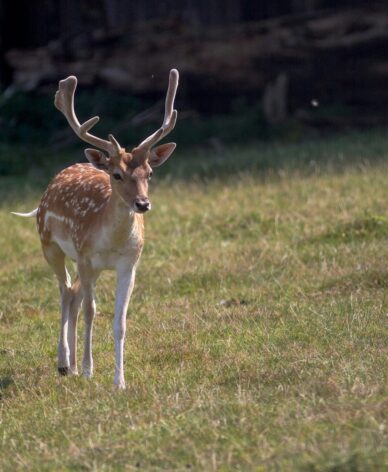
Fallow deer
Fallow deer are a herd animal, much larger than the Roe or Muntjac, and visiting herds come to Rougham as they travel about the area. They were introduced to this country by the Romans, but subsequently died out after the Romans left. The Normans reintroduced them, keeping them in deer parks from which they eventually escaped. Fallow deer are a beautiful animal but highly destructive in woodlands and numbers are increasing.
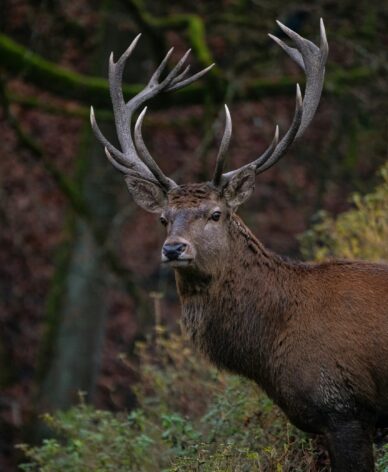
Red deer
Red deer are Britain’s largest mammal. They do not live permanently at Rougham but visit from time to time, requiring larger areas such as Thetford Forest.
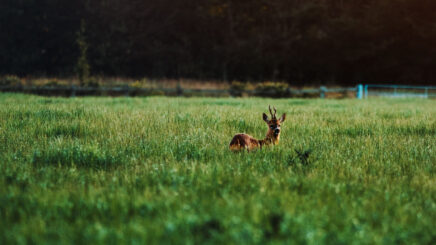
Our Responsibility
The deer numbers at Rougham, as everywhere in England, are at levels where they have to be controlled to reduce browsing of trees and new saplings in woodland thus preventing natural regeneration of native trees and forest flora.
The Estate is required to control its deer population by law. This does not mean their elimination but a reduction to an appropriate level where they can live in balance with the landscape. This control is undertaken by a small team of highly professional experts under the control of Rougham’s gamekeeper Mick Carmody.
Pheasants, Partridges & Other Wildlife
Not only does Mick organise deer control he also controls the populations of grey squirrels, rabbits and pigeons across the Estate. He directs people onto public rights of way and helps to prevent vandalism and littering. We are hugely grateful for Mick’s contribution to the Estate generally.


